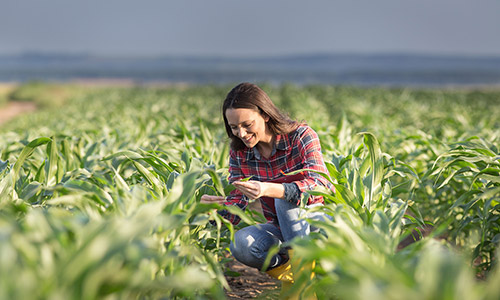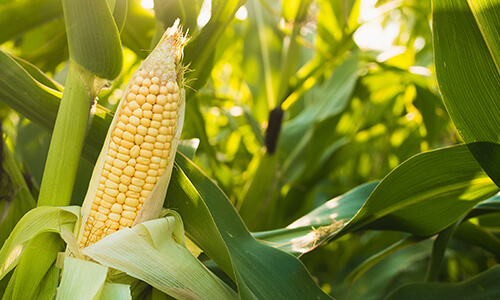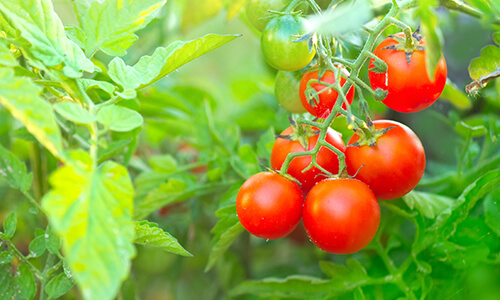Barley (Hordeum spp.)
Barley is a C3 monocot species belonging to the Poaceae family. It is the fourth most important grain crop world-wide after wheat, maize and rice. Barley is one of the earliest domesticated crops originating from a wild ancestor Hordeum spontaneum in multiple centres of domestication.
The crop is an important staple food and constitutes a major source of carbohydrate, protein, fibre and several vitamins and minerals. In research it can be used as a simpler proxy of wheat.
In 2018, the production of barley in the EU reached 56 million tonnes (Eurostat) and 142 million tonnes world-wide (statista.com) which represents production value at basic prices €9,3 billion and €20,2 billion in the EU and world-wide respectively. Target production increases of 10% due to enhanced photosynthesis represent estimated value increases of €2.1 billion.
The barley collections for characterisation within CAPITALISE include:
BARLEY-1K
(provider ARO) a representative collection of 450 accessions of wild barely (Hordeum spontaneum) from Israel (Hübner et al., 2009) partially characterized with exome sequencing (84), genotyping by sequencing (225), SSR markers (all collection), BOPA1 (225).
BARLEY-CMPP
(provider ARO) a cytoplasmic multi parental DH population of 800 lines deriving from BARLEY-1K accessions and cultivated materials, resulting in swapped cytoplasm lines.
BARLEY-MPP
(provider ARARI) an interconnected multiparent advanced intercross (iMAGIC) population of Ethiopian and international barley lines that have been intercrossed in five independent populations sharing one recurrent founder, producing 2,500 RILs.
Read more about

Crop breeding

Maize
